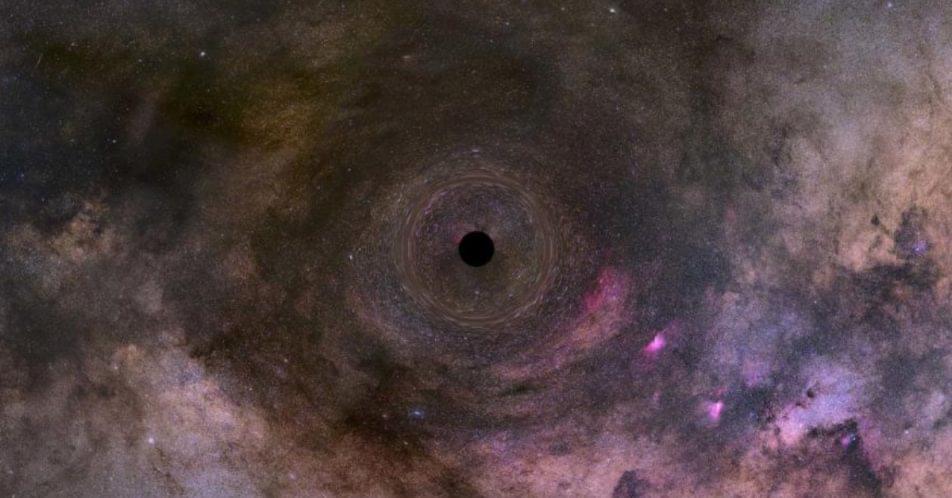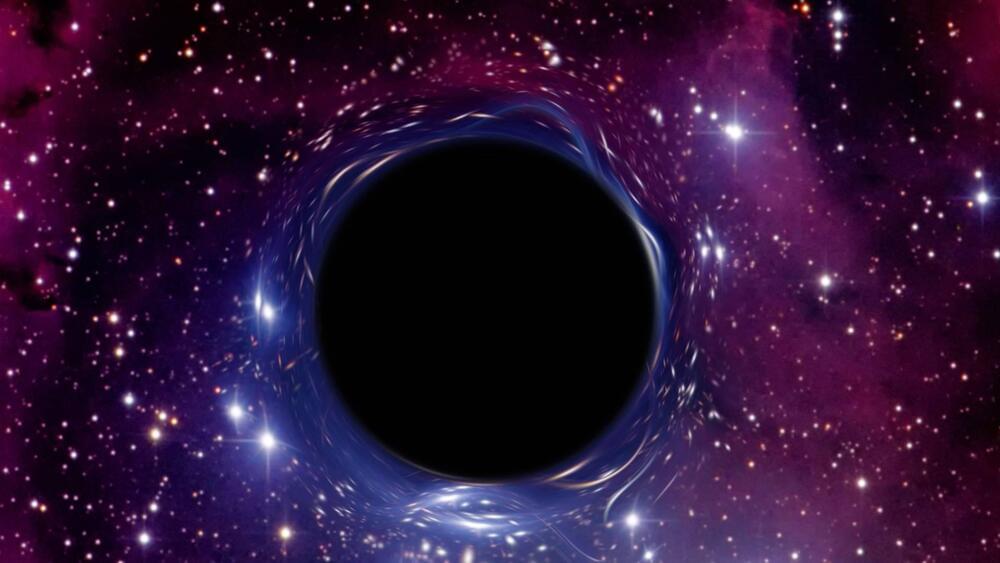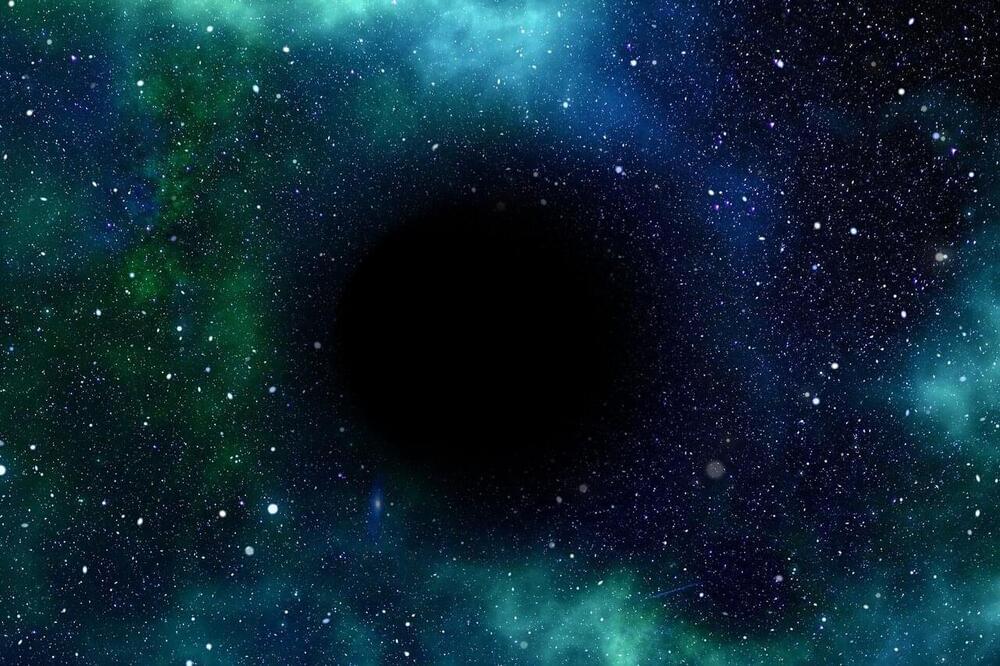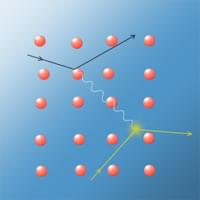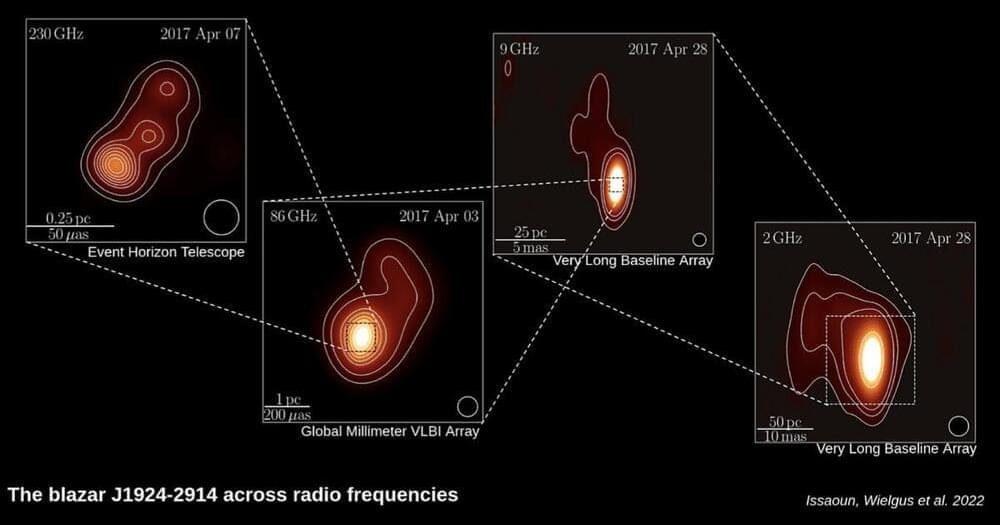A new approach to an age-old question.
Black holes are among some of the most mysterious objects in the Universe. They are the remnants of massive stars that have reached the end of their life cycles and collapsed into a region of spacetime that is incredibly dense. Their gravitational force is so strong that nothing can escape their surface.
Much like water gushing down a drain, the very fabric of space (and time) also appears to be draining away within some of the most enigmatic things in the universe — black holes. But, what exactly are they?
Are they more common than we think? Should we be concerned about them? What role do they play in the universe?
These are just some of the “big picture” questions some of the greatest minds of astrophysics have mulled over for many decades.

